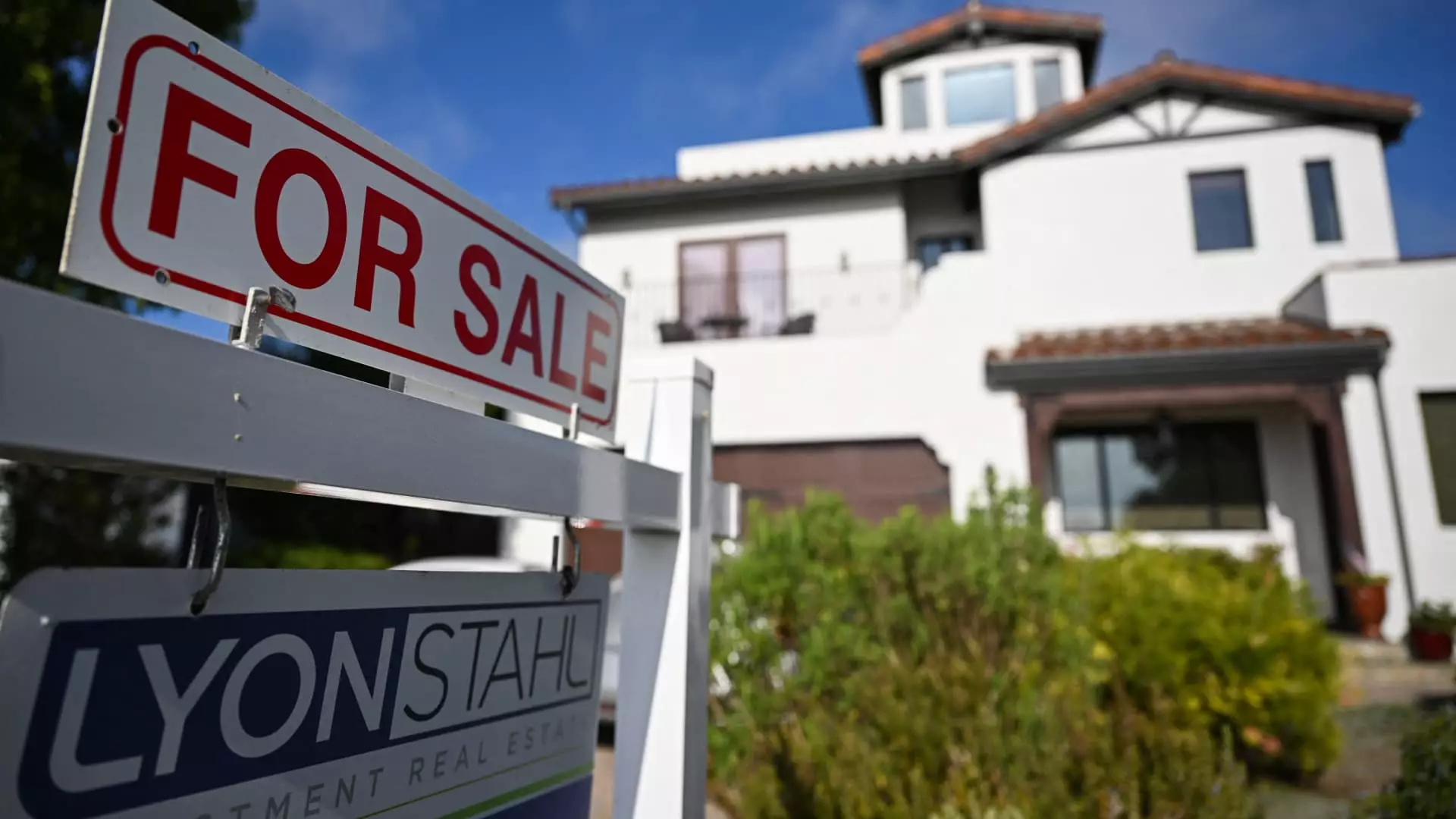The real estate market is currently experiencing a shift in dynamics, with the supply of homes for sale increasing at a rapid pace. According to a recent report from Realtor.com, active listings in August were up by 36% compared to the same month last year, marking the 10th consecutive month of annual growth. Despite this significant increase, the supply of homes is still 26% lower than it was in August 2019, before the pandemic.
Changing Seller Behavior
As inventory grows, sellers appear to be pulling back, with fewer new listings in August (-1%) compared to the previous year. This change in seller behavior can be attributed to homes staying on the market for longer periods. Danielle Hale, chief economist at Realtor.com, noted that price cuts are becoming more common, asking prices are moderating, and homes are taking longer to sell as a result of the expanding inventory.
The increase in supply is having an impact on potential buyers as well. Despite lower mortgage rates, applications for loans to buy a home are down by about 4% compared to the previous year. This discrepancy is surprising given that the average rate on a 30-year fixed mortgage is currently 75 basis points lower than it was a year ago. Buyers and sellers alike seem to be waiting for further declines in mortgage rates before making significant moves in the market.
Regional Variances
While the rise in supply is a nationwide trend, certain cities are experiencing more significant gains than others. For example, Tampa, Florida’s inventory has surged by over 90% compared to a year ago, while cities like San Diego, Miami, Seattle, and Denver have also seen impressive increases in available listings. Regionally, active listings have risen by 46% in the South, 35.7% in the West, 23.8% in the Midwest, and 15.1% in the Northeast.
Implications for Sellers
With more homes on the market, properties are taking longer to sell. The average number of days a home spent on the market in August was 53, which is an increase of seven days from the previous year and the slowest August pace in five years. According to Ralph McLaughlin, senior economist at Realtor.com, the market tends to slow by about one day for every 5.5 percentage point increase in the year-over-year number of active listings. This could result in properties staying on the market for 15-20 days longer than they did the previous year.
The increased supply and longer selling times are starting to translate into lower prices in the market. The share of homes with price reductions rose to 19% in August, up by 3 percentage points from the prior year. The median list price also saw a decrease of 1.3% year over year. This shift in pricing can partially be attributed to the mix of homes on the market, with more smaller homes being listed. Nevertheless, prices are still significantly higher than they were in August 2019, with a 36% increase overall.
The real estate market is currently facing challenges and opportunities as inventory levels continue to rise. Sellers are adjusting their strategies in response to the changing market dynamics, while buyers are navigating a landscape of fluctuating mortgage rates and pricing. It will be interesting to see how these trends evolve in the coming months and what implications they will have for the broader economy.

